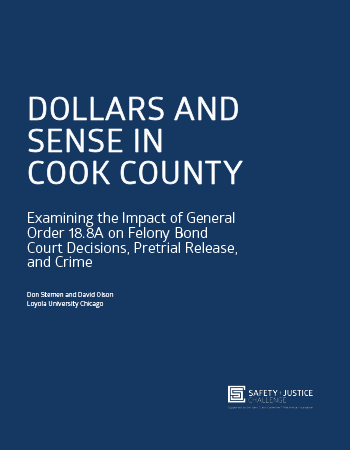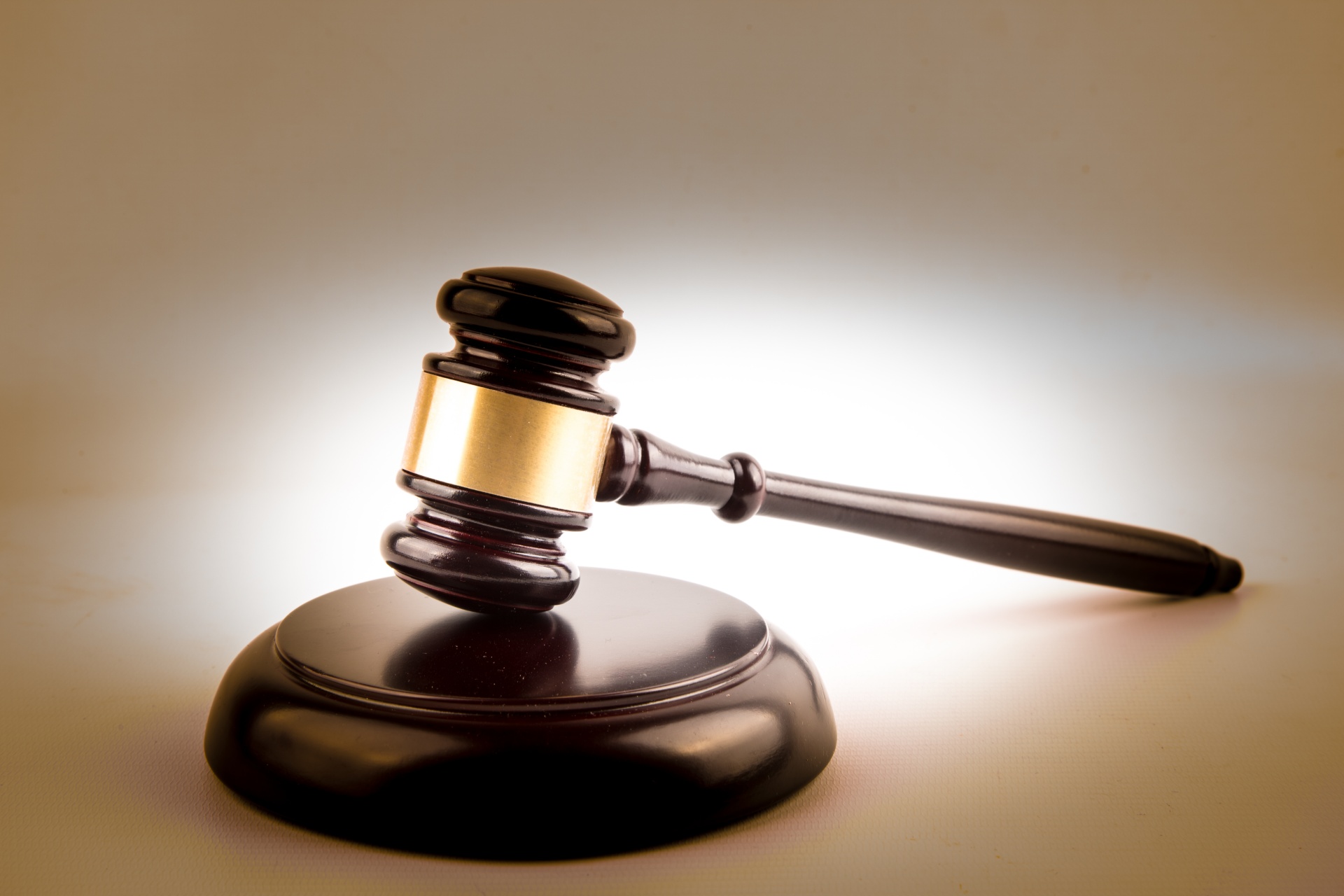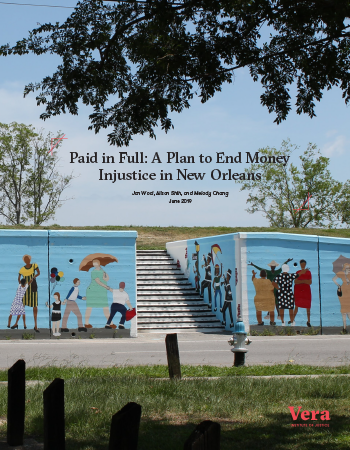Bail Courts Presumption of Innocence September 4, 2020
Those of us on different sides of the political spectrum can disagree on plenty of issues, but we can all agree that more must be done to uphold equal access to justice as enshrined in the U.S. Constitution.
Justice for all is a core value of the John D. and Catherine T. MacArthur Foundation’s Safety + Justice Challenge. And it’s achievable. We should start with the pretrial system, moving from the current approach largely based on ability to pay to a system focused on public safety and due process.
Having more money in a free market economic system should mean you can buy a bigger television or a nicer house, but it shouldn’t grant you better access to justice. A pretrial system based on wealth combines with other disparities—such as the ability to obtain qualified defense counsel—to undermine equal access to justice.
In Tarrant County, which is the area around Fort Worth in Texas, for example, some 9,000 low risk-assessed defendants languished in jail for a year or more before trial because they couldn’t afford bail set at $2,000. That is to say, they couldn’t find $200 to pay a bail bondsman.
In practice, pretrial liberty is not the norm, despite both the Constitution and Supreme Court precedent demanding that pretrial detention be a “carefully limited exception.” Rural areas, not urbanized ones, have been driving much of this growth in pretrial incarceration.
This could be because of fewer judges and lawyers to process cases in small towns, economic incentives to build unnecessary jail capacity, and the opioid epidemic. Possible solutions include reducing jailable offenses, expanding police diversion, using validated risk-assessments to identify those who can be safely released following arrest, and revising state bail laws.
I recently discussed these topics in a conversation that covered bail reform and other pretrial justice issues in the context of COVID-19, as well as in the aftermath of the death of George Floyd. The panel, which was part of the 2020 Smart on Crime Innovations conference, featured diverse perspectives, including those of Cherise Fanno Burdeen of the Pretrial Justice Institute, Kristie Puckett-Williams of the North Carolina ACLU, and Terry Schuster of the Pew Charitable Trusts.
These discussions come at a highly polarized time, when some question whether local and state governments can afford reforms. Having worked on criminal justice policy in Texas since 2005—when reform was not even on the radar screen—and spearheaded the launch of Right on Crime in 2010, I know the importance of sustainable models, such as Texas’ landmark 2007 justice reinvestment package. This approach redirected some of the funds that would have been used to build new prisons to strengthening alternatives such as drug courts and mental health treatment, along with programming behind bars and increasing the number of halfway house beds. From 2007 to today, the state’s incarceration rate has fallen from 641 to 423 per 100,000 people. Most importantly, the crime rate has fallen 40 percent, exceeding the national decline.
Texas’ success was widely cited as an impetus for the federal First Step Act in 2018. That in turn created momentum for a second wave of state reforms. North Carolina’s governor just signed the state’s unanimously passed First Step Act, which like the federal version includes dialing back mandatory minimum drug sentences and increasing incentives for time off prison terms through completion of recidivism reduction programs.
Similarly, the Pennsylvania’s State Senate unanimously passed a probation reform bill in July that uses research to inform the length of supervision and allows those with exemplary performance to end supervision early.
And earlier this year, Louisiana passed a raft of reforms, while Tennessee reined in its sweeping drug-free school zone enhancement law, which is projected to save $18 million. Penalties will rightfully remain tougher for those who sell drugs to kids, but no longer will a motorist nearby face many more years in prison for simple drug possession.
While these efforts have bridged the political divide, those of us on the right must continue to emphasize how such reforms adhere to traditional principles of personal responsibility, limited government, and public safety. It is an opportunity to make the public safer while spending less money in the process. It is also a chance to humanely address challenges such as mental illness and addiction that cross all ideological lines.
Ultimately, criminal justice is different from other issues because the debate is not about whether government should be involved. It must be involved—delivering public safety and justice is one of the few core functions of government. Just as pretrial decisions should not vary based on whether one is rich or poor, every community is entitled to a justice system that not only holds individuals accountable, but is also held accountable for its outcomes.
This means applying the same lens of scrutiny to the criminal justice system as every other government system. Examples of this have included legislation requiring data reporting and performance measures. As policymakers face declining revenues and a public health crisis, our efforts to maximize the use of limited resources to create a fairer and more effective justice system have never been more urgent.
—Marc Levin is Chief of Policy and Innovation at Right on Crime, an initiative of the Texas Public Policy Foundation in partnership with the American Conservative Union and Prison Fellowship.







